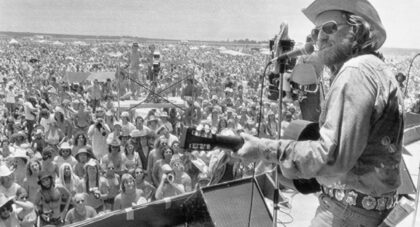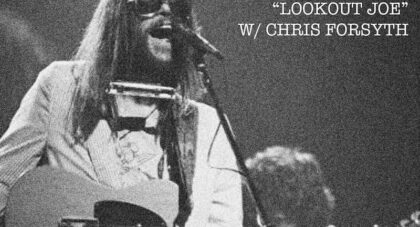Dig this. Jesse Jarnow on "The Giant's Harp," Grateful Dead lyricist Robert Hunter's mysterious novel set in the expanded "Terrapin Station" universe and how it connects to a lost suite of 1968-1969 Dead tunes by Jerry Garcia . . .
Only the good shit. Aquarium Drunkard is powered by its patrons. Keep the servers humming and help us continue doing it by pledging your support.
To continue reading, become a member or log in.


